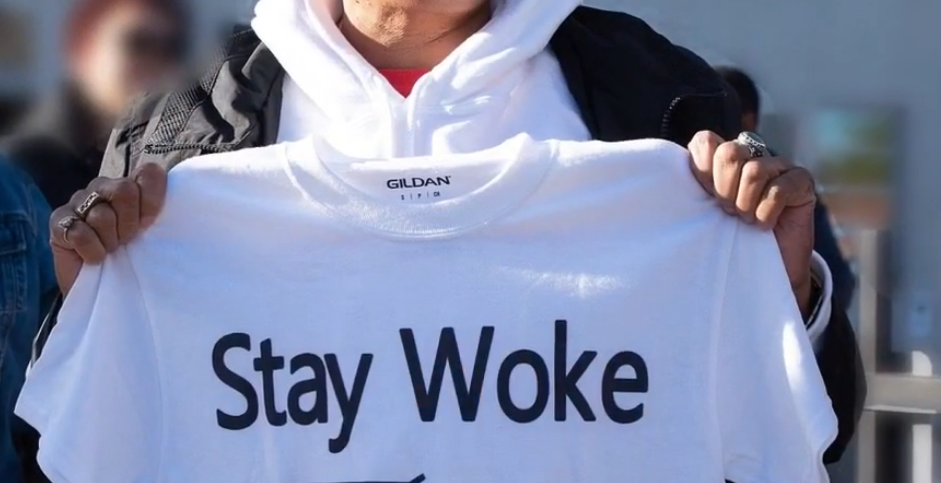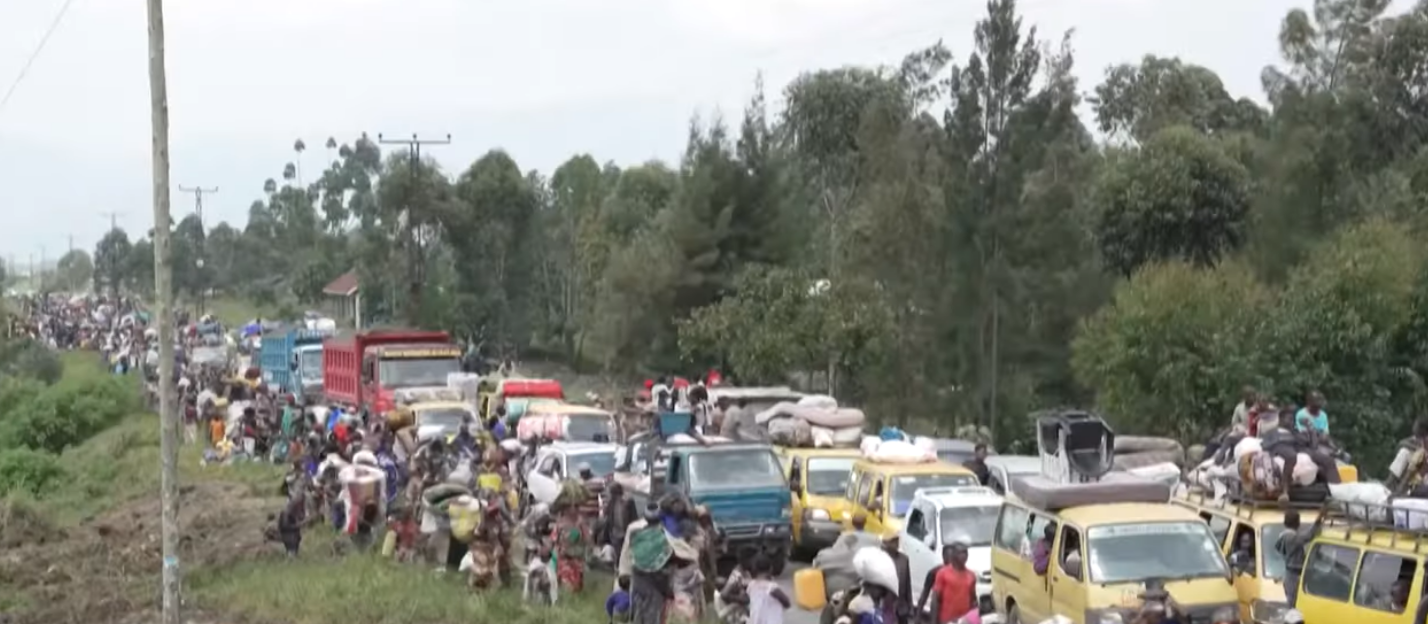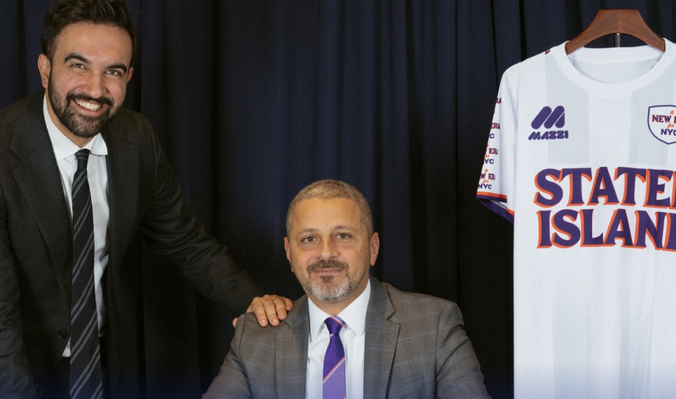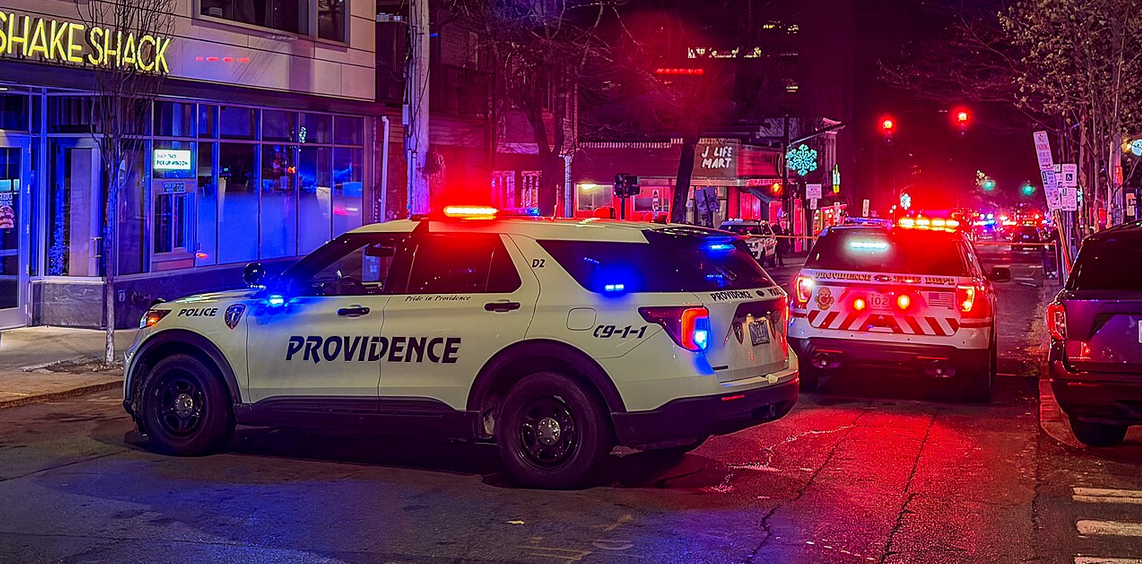Photo: YouTube
The following statement was released by New York State Comptroller Thomas P. DiNapoli regarding budget spending priorities in the wake of the COVID-19 pandemic:
Like many cities across the United States, New York City has adjusted its budget priorities during the COVID-19 pandemic to help address pressing needs, but some new critical programs and services may face fiscal cliffs, according to a new report from State Comptroller Thomas P. DiNapoli.
The report compared the city’s pre-pandemic and current preliminary budgets for Fiscal Year 2024 (FY24) to examine how spending priorities shifted.
“The mayor’s preliminary FY 2024 budget reflects the changes to city budget priorities that emerged during the pandemic,” DiNapoli said. “Funding for education, public health and social services have risen to counter the effects of the pandemic, but the loss of federal relief aid will require the city to reassess its priorities once again the coming year to ensure that the programs it deems essential to its recovery can continue beyond Fiscal Year 2024.”
To meet the needs of students and teachers impacted by the pandemic, the city’s current budget for FY 2024 increased funding for education when compared to the pre-pandemic budget plan. DiNapoli’s report shows the city raised spending on education by more than $1 billion, which was made possible by significant federal pandemic assistance. This funding will support preschool for 3-year-olds and COVID learning loss initiatives, as well as mental health services. However, funding sources for many of these programs remain unidentified in the out-years of the financial plan, representing fiscal cliffs that pose a risk to the city’s budget.
The city’s current budget also includes about $3.24 billion of city funds to support new initiatives and cost mandates to address public safety, social services, and quality of life issues when compared to the pre-pandemic budget plan. While many of these new programs and services will help address the impacts of the COVID-19 pandemic, whether they will be funded beyond FY 2024 is unclear.
For example, funding in the city’s current budget rose about $817 million for social service agencies when compared to the pre-pandemic budget plan. This increased funding is for street homeless programs and shelters ($303 million), education enrichment programs (Summer Rising, $101 million), more Fair Fares public transportation discounts for low-income New Yorkers ($75 million) and expanded slots for the Summer Youth Employment Program ($57 million).
Also, public safety funding rose by $524 million when compared to the pre-pandemic budget plan. The added funding will support uniformed agencies and judicial programs focused on reducing violent crimes and recidivism.
Other new initiatives that will receive city funding in the current budget support quality of life improvements such as cleanliness of public spaces and abatement of pests, as well as improving street safety with additional speed cameras. The Department of Sanitation, for instance, received an increase of $94 million for initiatives such as waste export and recycling, an organics program, public space cleaning and snow removal when compared to the pre-pandemic budget plan.
DiNapoli’s report found that many of these new programs and services in the current budget were funded, in large part, by agency cost savings, such as eliminating vacancies and a citywide hiring freeze. With some city operations now reportedly experiencing difficulties in delivering services at pre-pandemic levels, this suggests staffing shortages and highlights the importance of the city more closely monitoring performance at agencies, as recommended by DiNapoli in his previous report on city staffing.
The city also faces additional risks and uncertainties that could impact these newly funded programs and services beyond FY 2024. A significant portion (41%) of the city’s budget is nondiscretionary. It could be more difficult for the city to hold down some costs in the future if there is an economic downturn. In addition, some new recurring costs may not be fully accounted for, such as the outcomes of municipal labor contracts, the recent influx of asylum seekers, public assistance and other social support costs, which may depend on federal pandemic assistance.
DiNapoli said continued efforts to increase reserves and identify cost savings without hurting city services remain a prudent approach to managing the long-term implications of the pandemic.
REPORT: https://www.osc.state.ny.us/files/reports/osdc/pdf/report-15-2023.pdf?utm_medium=email&utm_source=govdelivery







